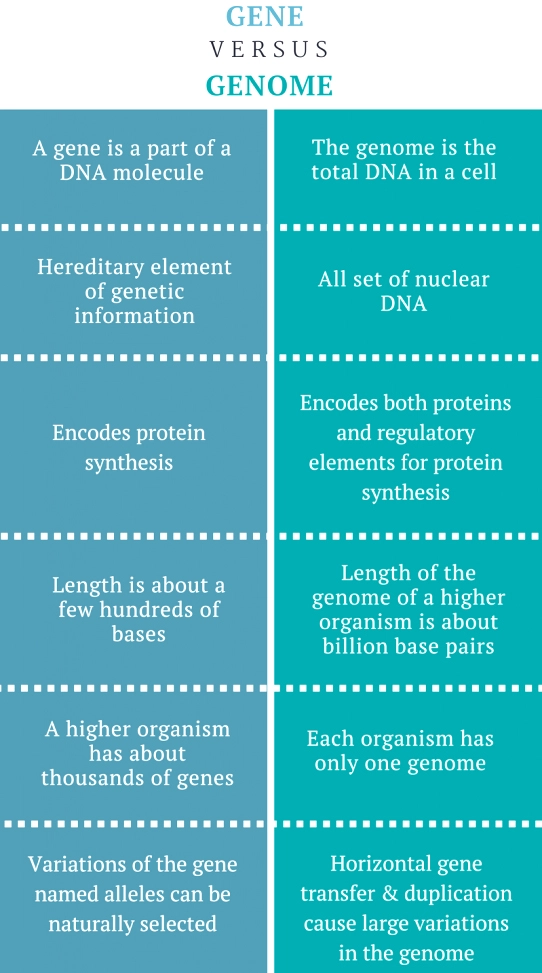Science & Technology
Whole-Genome Sequencing in Newborns
- 08 Jul 2023
- 9 min read
For Prelims: Whole Genome Sequencing, DNA, Gene, Genome.
For Mains: Whole Genome Sequence and its Significance
Why in News?
Recently, the use of rapid whole-genome sequencing (WGS) in newborns, including healthy newborns, has emerged as a revolutionary approach to diagnose and treat genetic diseases.
- By providing a comprehensive view of an infant's genetic makeup, this technology enables healthcare workers to make fast and effective diagnoses, leading to improved outcomes and reduced healthcare costs.
What is Whole-Genome Sequencing?
- About:
- All organisms have a unique genetic code, or genome, that is composed of nucleotide bases- Adenine (A), Thymine (T), Cytosine (C) and Guanine (G).
- The unique Deoxyribonucleic Acid (DNA) fingerprint, or pattern can be identified by knowing the sequence of the bases in an organism.
- Determining the order of bases is called sequencing.
- Whole genome sequencing is a laboratory procedure that determines the order of bases in the genome of an organism in one process.
- All organisms have a unique genetic code, or genome, that is composed of nucleotide bases- Adenine (A), Thymine (T), Cytosine (C) and Guanine (G).
- Importance of Sequencing Newborn Genomes:
- Rapid, precise diagnosis of rare genetic diseases not detected by standard screenings.
- Detection of treatable conditions, enabling early intervention or gene-based therapies.
- Insight into future health risks, facilitating informed choices and preventive measures.
- Revelation of ancestry, traits, and carrier status for personal and social value.
Why Sequence Healthy Newborns?
- The BabySeq project in the U.S. explores the potential benefits of sequencing newborns for routine care.
- A study conducted by the project revealed that over 10% of apparently healthy infants had unanticipated genetic disease risks.
- Sequencing of Healthy Newborns expands the scope of newborn screening for genetic diseases that may not be detected by standard biochemical tests.
- Sequencing of Healthy Newborns provides valuable information about the future health risks and predispositions of the individual.
What is Genome?
- A genome refers to all of the genetic material in an organism, and the human genome is mostly the same in all people, but a very small part of the DNA does vary between one individual and another.
- Every organism’s genetic code is contained in its DNA, the building blocks of life.
- The discovery that DNA is structured as a “double helix” by James Watson and Francis Crick in 1953, started the quest for understanding how genes dictate life, its traits, and what causes diseases.
- Each genome contains all of the information needed to build and maintain that organism.
- In humans, a copy of the entire genome contains more than 3 billion DNA base pairs.
What is the Difference between Genome and Gene?

What are the Challenges Associated with Newborn Genome-Sequencing?
- Newborn genome-sequencing generates a large amount of personal and sensitive data, which raises ethical, legal and social issues such as privacy, consent, ownership, disclosure and discrimination.
- This sequencing may also produce uncertain or incidental findings that may not have clear clinical implications or actionability, which may cause anxiety, confusion or harm to the individual or their family.
- This also demands adequate education and training for healthcare professionals and the public, to ensure proper interpretation and communication of the results.
Way Forward
- Develop a strong ethical and legal framework for privacy, consent, ownership, disclosure, and discrimination concerns related to personal genomic data in newborn genome sequencing.
- Newborn genome-sequencing should also be integrated with existing newborn screening programs, clinical care and public health services, to ensure coordination, quality and equity.
- Newborn genome-sequencing should also be accompanied by continuous research, evaluation and feedback, to ensure evidence-based practice, innovation and improvement.
UPSC Civil Services Examination, Previous Year Questions (PYQs)
Prelims
Q1. With reference to agriculture in India, how can the technique of ‘genome sequencing’, often seen in the news, be used in the immediate future? (2017)
4. Genome sequencing can be used to identify genetic markers for disease resistance and drought tolerance in various crop plants.
5. This technique helps in reducing the time required to develop new varieties of crop plants.
6. It can be used to decipher the host-pathogen relationships in crops.
- Select the correct answer using the code given below:
(a) 1 only
(b) 2 and 3 only
(c) 1 and 3 only
(d) 1, 2 and 3
Ans: (d)
Exp:
- Chinese scientists decoded rice genome in 2002. The Indian Agricultural Research Institute (IARI) scientists used the genome sequencing to develop better varieties of rice such as Pusa Basmati-1 and Pusa Basmati-1121, which currently makes up substantially in India’s rice export. Several transgenic varieties have also been developed, including insect resistant cotton, herbicide tolerant soybean, and virus resistant papaya. Hence, 1 is correct.
- In conventional breeding, plant breeders scrutinize their fields and search for individual plants that exhibit desirable traits. These traits arise spontaneously through a process called mutation, but the natural rate of mutation is very slow and unreliable to produce all the plant traits that breeders would like to see. However, in genome sequencing it takes less time, thus it is more preferable. Hence, 2 is correct.
- The host-pathogen interaction is defined as how microbes or viruses sustain themselves within host organisms on a molecular, cellular, organism or population level. The genome sequencing enables the study of the entire DNA sequence of a crop, thus it aids in understanding of pathogens’ survival or breeding zone. Hence, 3 is correct.
- Therefore, option (d) is the correct answer.
Q2. Consider the following statements: (2022)
DNA Barcoding can be a tool to:
- assess the age of a plant or animal.
- distinguish among species that look alike.
- identify undesirable animal or plant materials in processed foods.
Which of the statements given above is/are correct?
(a) 1 only
(b) 3 only
(c) 1 and 2
(d) 2 and 3
Ans: (d)
Exp:
- The novel technique of identifying biological specimens using short DNA sequences from either nuclear or organelle genomes is called DNA barcoding.
- DNA barcoding has many applications in various fields like preserving natural resources, protecting endangered species, controlling agriculture pests, identifying disease vectors, monitoring water quality, authentication of natural health products and identification of medicinal plants.
- Species identification of endangered wildlife (hence, distinguishes among species that look alike), quarantine pests, and disease vectors (identifying undesirable animals/plants) are just a few areas in which DNA barcoding is enabling researchers, enforcement agents, and consumers to make informed decisions in much shorter time frames.
- Statement 2 and statement 3 are correct, Hence, option (d) is correct (by elimination).
Mains
Q. What are the research and developmental achievements in applied biotechnology? How will these achievements help to uplift the poorer sections of society? (2021)






